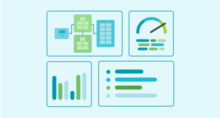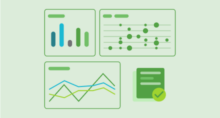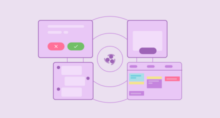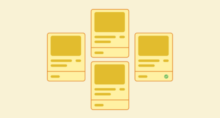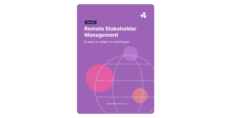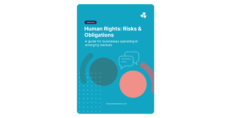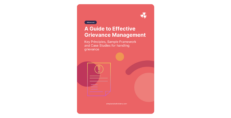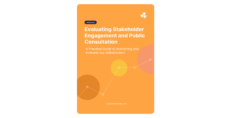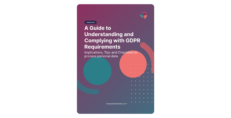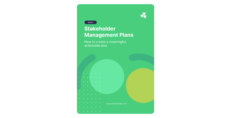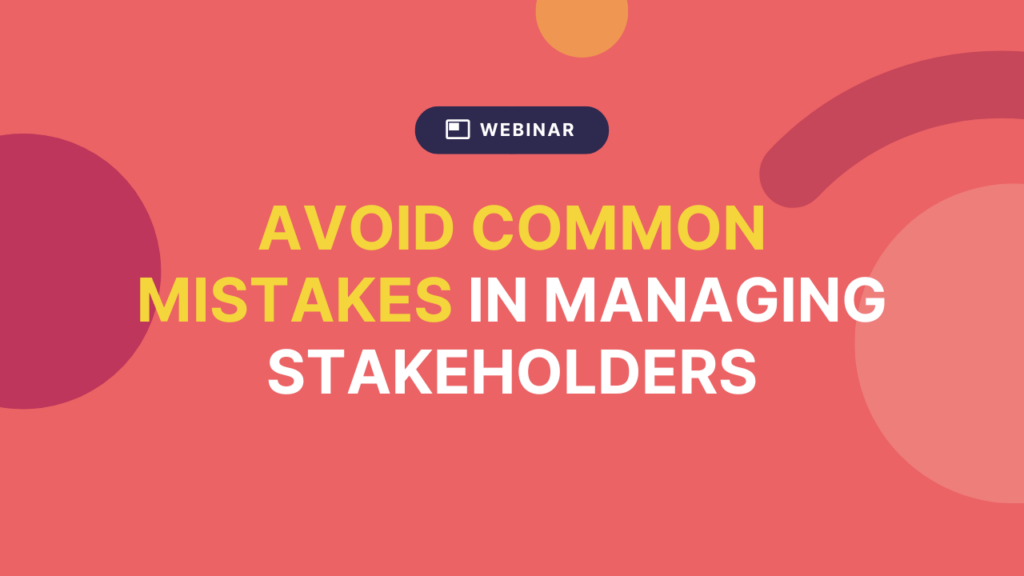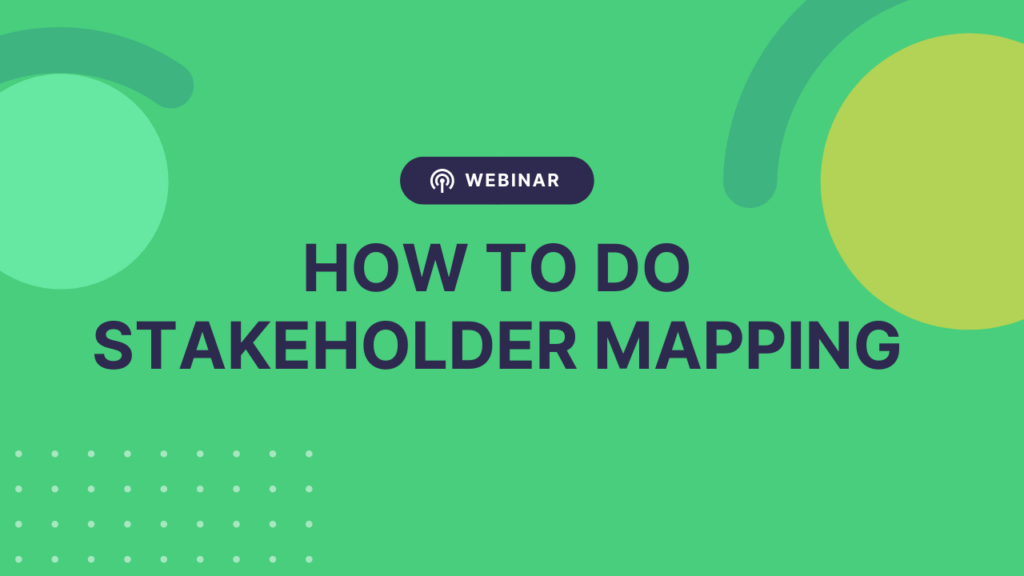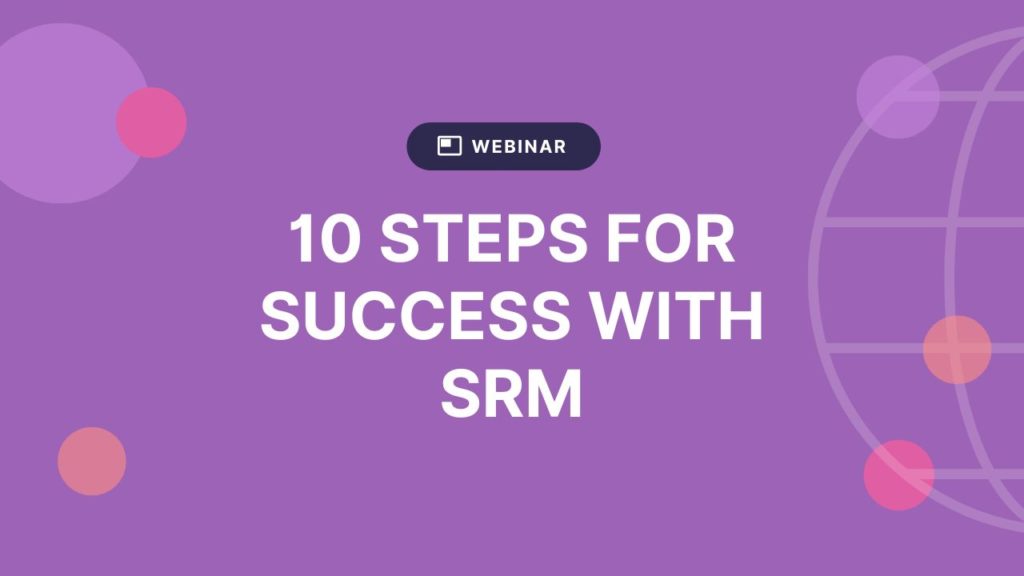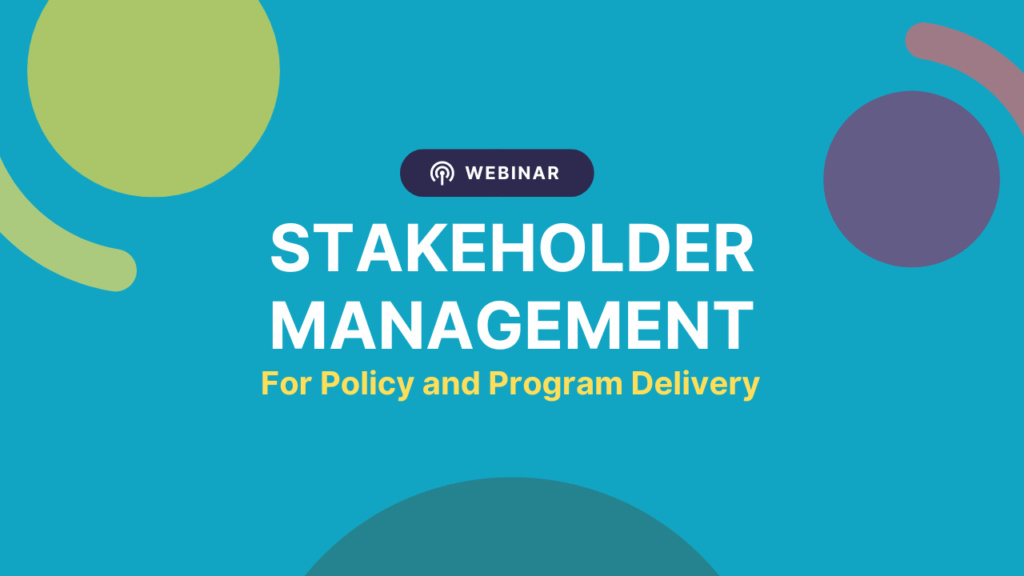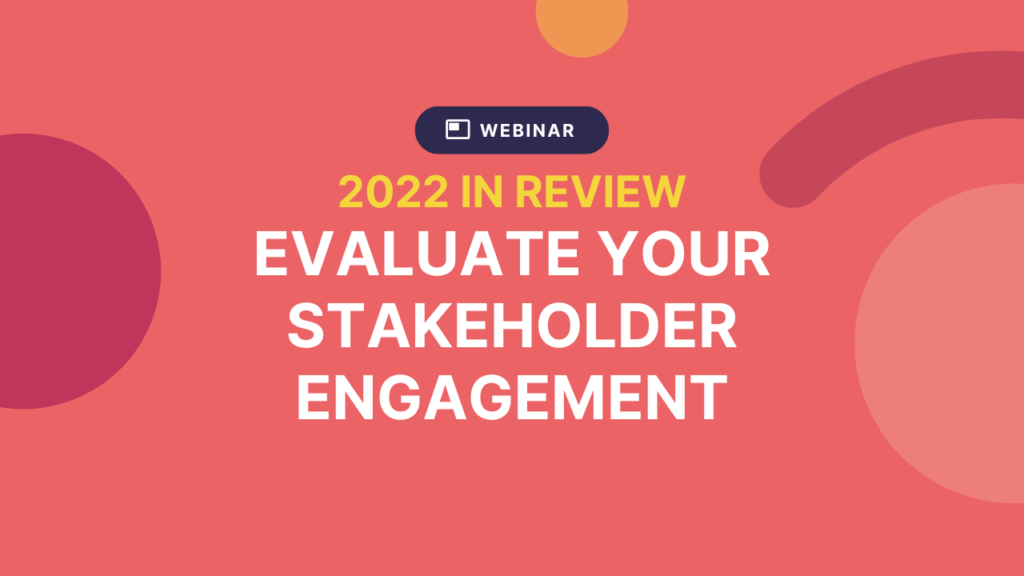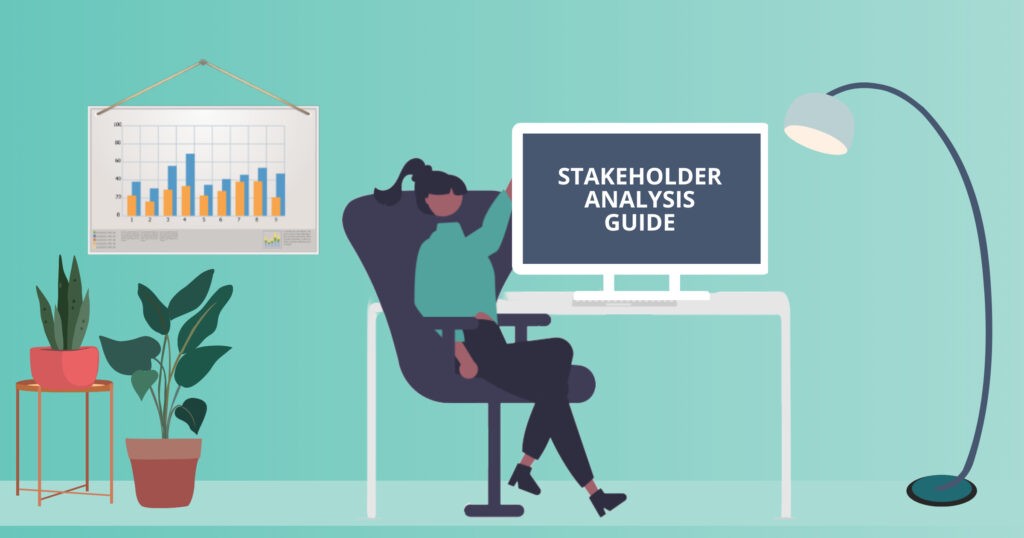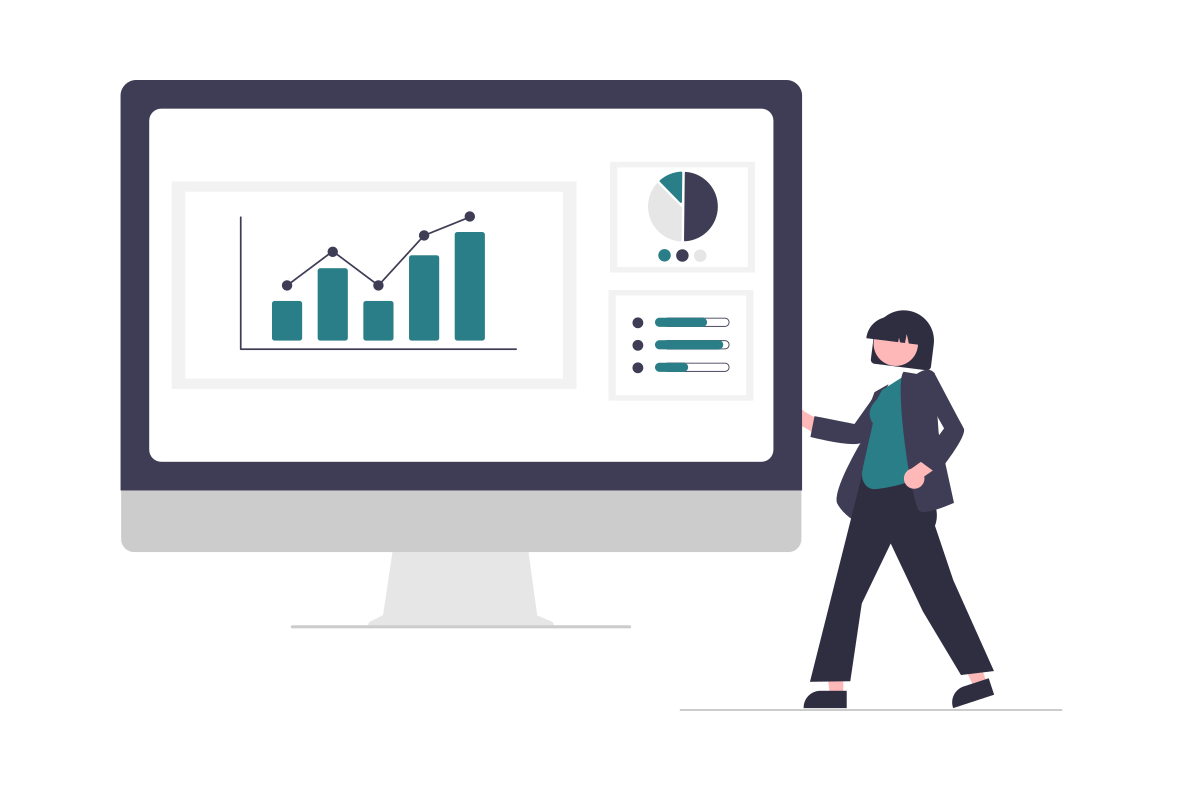5 Simple Steps To Getting Started With Stakeholder Data Management

Organizing your stakeholder data sounds simple however it can become quite challenging knowing where to start and what is the most effective method.
Stakeholder data falls into two different categories being stakeholders themselves and the interactions your team has with them. We’ve outlined 5 simple steps of ways to organize your data so that your team can make sense of their stakeholders and interactions more efficiently.
Step 1: Group your Contacts
Organizing your stakeholders has never been easier than assigning them to contact groups. Contact groups allow you to organize and segment your stakeholders into groups based on a range of topics. You can group your stakeholders based on interest, function or need. Segmenting your stakeholder into a function can be best effective for sorting governments, organizations or industries. You can further group your contacts based on their interests such as environment, health, or volunteering. Contact groups can also be based on a purpose that is specific to the business these could be a newsletter distribution list. Contact groups allow you to organize and sort through your stakeholder contact list more effectively, further allowing your engagements to be more targeted based on their interests or function.
Step 2: Stakeholder Mapping
Do you know who your stakeholders are? How much they will be impacted by your project or the potential they have to affect your project? You can organize your stakeholders on three concepts being Interest, Influence, and Impact – this is also known as stakeholder mapping. Stakeholder mapping is a term used in the stakeholder engagement space to track how important your stakeholders are to your project or company. Stakeholder Mapping allows you to segment the people and organizations you deal with according to their level of Influence, Impact, and Interest. This may be the interest they have on your project, the potential influence they could have on project decisions or outcomes. When determining the way you measure “Impact” will depend on the type of work or industry you are in. If you are a government agency looking at Policy, it might be the people who are impacted by your policy compared to an infrastructure project which might use it for tracking people directly impacted by their project.
You can sort your stakeholders into mapping functions by assigning them from very low to very high across all three functions to identify their importance. Stakeholder mapping allows your team to prioritize stakeholder engagements for those with higher mapping values and to track engagements over time with stakeholders of high importance. Organizing your stakeholders into mapping fields allows your team to identify and understand the importance of your stakeholders.
Step 3: Communication Method
The third step to organize your data is through organizing your interactions by communication method. Face-to-face engagements once used to be the only way to communicate with your stakeholders, now you can email, call or use social media to interact with your stakeholders. Labelling your interactions like emails, coffee catch-ups or survey responses is important to understanding your stakeholder more in-depth and to identify the best method for future engagement practices. Organizing interactions into communication methods is a simple step in organizing your stakeholder engagements.
Step 4: Tagging
Go a step further to organize your interactions by using tags. Tags can vary from keywords to phrases or topics found within individual interaction. The purpose of tagging your interactions is to identify the emerging themes, topics, or issues within your engagements with stakeholders. Tags in interactions allow for an effective analysis of the data when reporting on issues and trends. The practice of tagging your interactions provides you and your team with quick and insightful information about stakeholders, topics, and trends.
Step 5: Sentiment
Assessing sentiment has become common terminology used in the stakeholder engagement space for analyzing interactions with stakeholders. The process of analyzing words, phrases, and language used throughout an interaction is best effective for determining sentiment. You can learn more about your stakeholder’s emotions within the tones and language than reading the words themselves. If tones and language become to appear more negatively steered, it provides a key insight to your engagement team that the stakeholder may become more negative towards your topic or project. Using this method of organizing your qualitative data allows for you to understand stakeholders more effectively and their opinion on the issue.
A best practice for understanding sentiment is analyzing the sentiment of different communication methods. Due to interpretation being a big factor in assessing stakeholder engagements, tracking the sentiment difference between an email with a stakeholder to a phone call can be a key insight to understanding a stakeholder’s emotion. A phone call can result in being a more positive outcome compared to an email with the same stakeholder. Understanding the sentiment of different communication methods can alter future engagement practices to lead your team to more positive outcomes. Analyzing sentiment through a system using Artificial technology such as Simply Stakeholder eliminates user bias and gains more critical thinking into the sentiment of stakeholder engagements.
Having a system in place
Organizing and understanding stakeholder data can be a lot of work. But it’s a lot easier to do when you’ve got the right systems and tools in place. Having a system in place such as Simply Stakeholders can make managing and organizing your data a lot more simple. Functions such as contact groups, stakeholder mapping, sentiment analysis, and auto-tagging powered by AI technology and machine learning are all accessible in Simply Stakeholders. Ready to staget started? Contact us if you have any questions about setting up your stakeholder engagement software.

